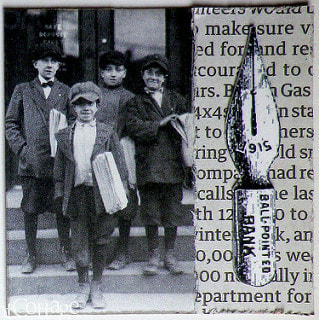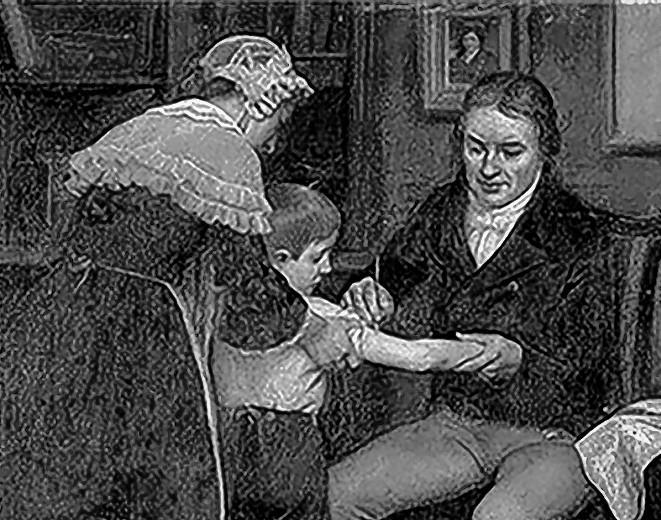In the early 19th century, British people finally had access to the first vaccine in history, one that promised to protect them from smallpox, among the deadliest diseases of the era. Many Britons were skeptical of the vaccine, however. The side effects they dreaded included blindness, deafness, ulcers, a gruesome skin condition called "cowpox mange" — even sprouting hoofs and horns.
With that, the world's first anti-vaccination movement was born.
Doctors heralded Edward Jenner's revolutionary 1796 discovery that the deadly smallpox virus could be prevented with a cowpox vaccine. But other Brits met the news with a distrust that bordered on hysteria. Opposition to vaccination would evolve over the next 100 years to become one of the largest mass movements of 19th-century Britain. People refused the vaccine for medical, religious and political reasons — plunging the nation into a debate that would rage for generations and foreshadow current coronavirus vaccine conspiracy theories.
"It was an enormous mass movement, and it built on many traditions, intellectual and otherwise, about liberty," said Frank Snowden, a historian of medicine at Yale University. "There was a rejection of vaccination on political grounds that was widely considered as another form of tyranny."
By the turn of the 19th-century, smallpox had ravaged much of the world. In Europe, some 400,000 people were believed to die annually from the disease.
The turning point came when Jenner discovered that dairymaids were often protected from smallpox because of their exposure to the less dangerous cowpox. He conducted an experiment to test his hypothesis that exposure to this similar disease might protect people from smallpox. He extracted pus from a woman infected with cowpox, injected it into a healthy boy and exposed him to smallpox. The child did not become ill. Similar experiments bore out the same results.
At the same time, some in the general populace — along with several prominent doctors — were skeptical of the idea of being injected with a disease, especially one originating with a farm animal.
Nineteenth-century Britain was a deeply religious society, and some condemned vaccination as a violation of humans' God-given healing abilities.
“One can see it in biblical terms as human beings created in the image of God, and therefore being supreme,” Snowden said. “The vaccination movement injecting into human bodies this material from an inferior animal was seen as irreligious, blasphemous and medically wrong.”
Fiery pamphlets, lectures and caricatures galvanized huge numbers of Brits into the anti-vaccination movement.
In an 1805 pamphlet, William Rowley, a member of the Royal College of Physicians, warned against vaccination, threatening the direst possible side effects. Rowley and others even suggested that the injection of cow material into a human body could cause a person to begin to resemble a cow, sprouting actual horns and hoofs. The physician Benjamin Moseley claimed, only somewhat facetiously, that Jenner’s vaccine would lead to “cow mania,” a kind of hysteria that might cause women to procreate with bulls and birth half-cow babies.
While such fears now seem ridiculous, some concerns were rooted in reality. Not only were vaccines much less safe than they are now — unsanitary needle practices meant patients risked tetanus, syphilis and hepatitis — they were also mysterious.
Germ theory did not exist at the time of Jenner’s discovery, and it was often thought that disease was passed through unsanitary places rather than from person to person, making the notion of injections confusing. While Jenner could prove empirically that the vaccine worked, he couldn’t accurately explain why it worked.




 RSS Feed
RSS Feed